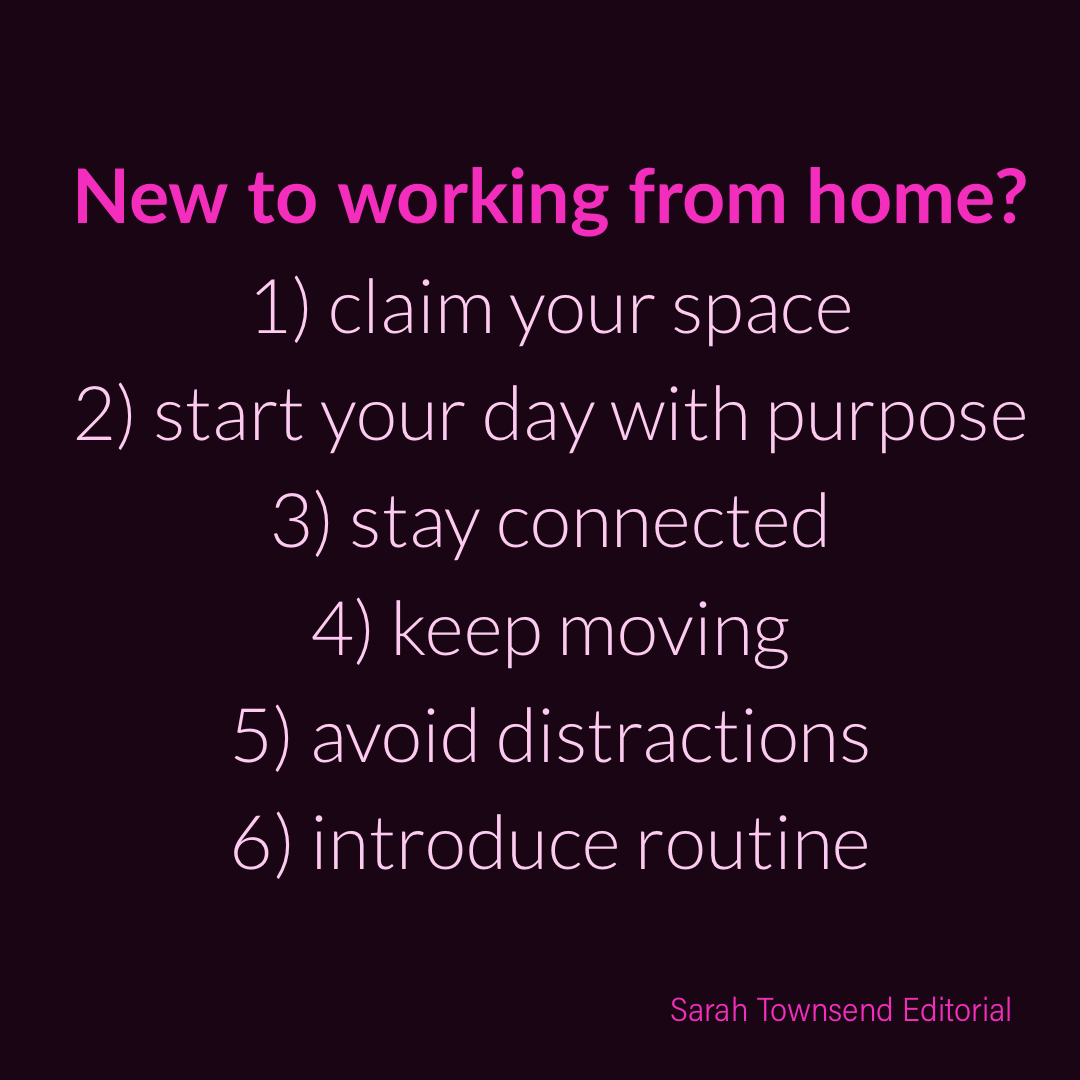
When asked how working from home affects whether they are given important assignments, 77% of those who are at least sometimes working from home say it neither helps nor hurts, while 14% say it helps and 9% say it hurts.There are other aspects of work – some of them related to career advancement – where the impact of working from home seems minimal: Only 7% say working from home hurts their ability to do these things, and 37% say it neither helps nor hurts. 69%).Ī majority of those who are working from home at least some of the time (56%) say this arrangement helps them get their work done and meet deadlines. However, parents with children younger than 18 are somewhat more likely than workers without children in that age range to say working from home is helpful in this regard (76% vs. There is no significant gender difference in these views. That includes 52% who say it helps them a lot with this.Ībout one-in-ten (12%) of those who are at least occasionally working from home say it hurts their ability to strike the right work-life balance, and 17% say it neither helps nor hurts. By far the biggest perceived upside to working from home is the balance it provides: 71% of those who work from home all, most or some of the time say doing so helps them balance their work and personal lives. Workers who are not self-employed and who are teleworking at least some of the time see one clear advantage – and relatively few downsides – to working from home. The advantages and disadvantages of working from home When looking at all employed adults ages 18 and older in the United States, Pew Research Center estimates that about 14% – or roughly 22 million people – are currently working from home all the time. Among those who do have teleworkable jobs, Hispanic adults and those without a college degree are among the most likely to say they rarely or never work from home. Workers with lower incomes and those without a four-year college degree are more likely to fall into this category. workers overall (61%) do not have jobs that can be done from home. Here are the questions used for this analysis, along with responses, and the survey’s methodology. adult population by gender, race, ethnicity, partisan affiliation, education and other categories. The survey is weighted to be representative of the U.S. All the workers who took part are members of the Center’s American Trends Panel (ATP), an online survey panel that is recruited through national, random sampling of residential addresses.Īddress-based sampling ensures that nearly all U.S.
#Work from home full
adults who are working part time or full time and who have only one job or who have more than one job but consider one of them to be their primary job. Pew Research Center conducted this analysis to study how the COVID-19 pandemic has affected the workplace and specifically how workers with jobs that can be done from home have adapted their work schedules. And among those who are working from home some of the time, half say they’d like to do so all (18%) or most (32%) of the time. About a third (34%) of those who are currently working from home most of the time say, if they had the choice, they’d like to work from home all the time. Many hybrid workers would prefer to spend more time working from home than they currently do. About six-in-ten hybrid workers (59%) say they work from home three or more days in a typical week, while 41% say they do so two days or fewer. This is up from 35% in January 2022.Īmong hybrid workers who are not self-employed, most (63%) say their employer requires them to work in person a certain number of days per week or month. The new survey finds that 41% of those with jobs that can be done remotely are working a hybrid schedule – that is, working from home some days and from the office, workplace or job site other days. While the share working from home all the time has fallen off somewhat as the pandemic has gone on, many workers have settled into hybrid work. This is down from 43% in January 2022 and 55% in October 2020 – but up from only 7% before the pandemic.

workplaces, about a third (35%) of workers with jobs that can be done remotely are working from home all of the time, according to a new Pew Research Center survey. Roughly three years after the COVID-19 pandemic upended U.S. Employees returned to work in a hybrid model soon after.
/dog-licking-face-of-female-interior-designer-working-at-home-office-desk-746034359-5c03449fc9e77c00015c1252.jpg)

A largely empty office area in Boston in April 2021.


 0 kommentar(er)
0 kommentar(er)
